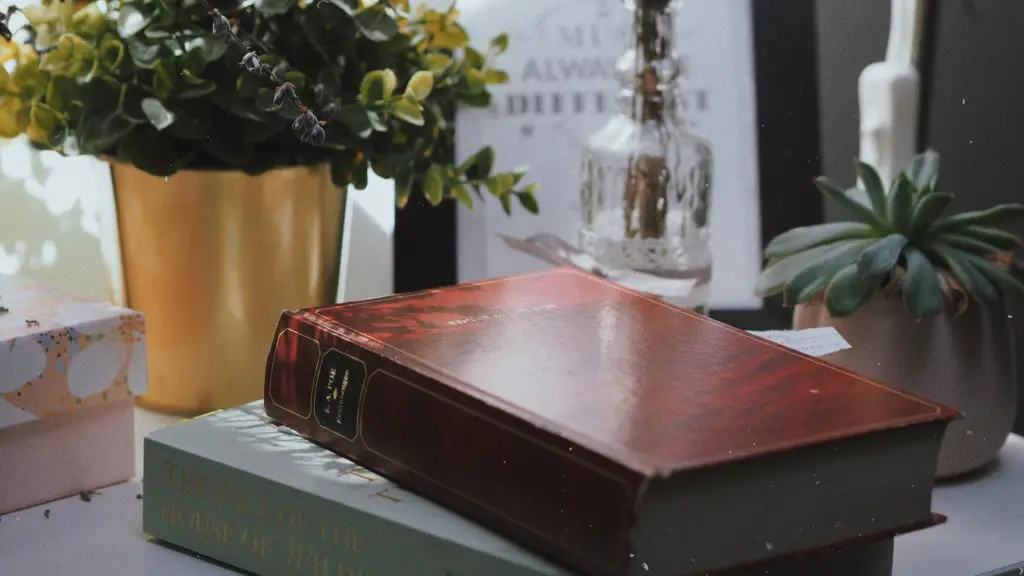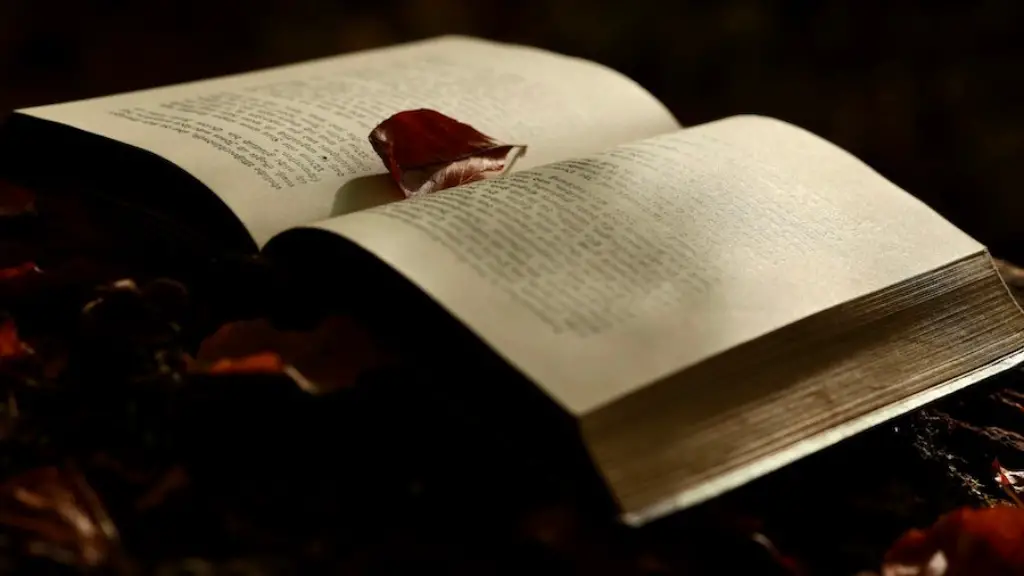How to Write Narrative Poetry
Narrative poetry is a type of poetry that tells a story – it’s like a miniature novel in verse. Writing this type of poetry can be daunting, but it’s a great way to express yourself and your experiences. Here’s how to write narrative poetry that captures your audience.
First, decide on your theme. Do you want to tell a personal tale of heartbreak, or a fable about a magical land? This will help focus your poem.
Next, figure out your characters. Creating an interesting character with whom your readers can relate will help make your poem engaging. If your poem is about a specific person, you can use qualities of that person to create your character.
Third, determine your story arc. What will happen in your poem? What will the rising action be, and what will be the climax? Knowing the basic plot of your story will help you plan out your poem and keep it consistent.
Fourth, consider the structure of your poem. Will it be written in prose or in verse? Writing in verse can be a great way to tell a story, as the flow of the words can pull your readers in. Prose is a great choice if you want to tell a story in a more conversational style.
Fifth, think about your language. Using descriptive language and sensory images will help draw your readers in. A metaphor or simile here and there can be a great way to communicate your story. Lastly, consider the rhythm of your poem – find a tempo that works for your story.
Writing narrative poetry can be a challenging and rewarding task. If you take the time to think about the structure and language of your poem, you can create a beautiful piece of art.
Using Metaphors
Metaphors can be a powerful way to convey your story. They’re often used to describe abstract ideas in clever ways. For example, using the metaphor of a boat sailing on a sea of emotions to describe the feeling of sadness. Doing this helps the reader visualise and connect with your message.
Another way to use metaphors is to compare two different things to one another. This can often have a humorous element, making your poetry more enjoyable for the reader. For example, comparing love to a wild beast free roaming the idyllic hills. Such a comparison can help your readers form a stronger connection to your poem.
Using metaphors can be a great tool to communicate emotions and ideas in your narrative poem. Think of inventive metaphors and clever comparisons to engage the reader and leave a lasting impression.
Using Dialogue
An effective tool in narrative poetry is dialogue. Using conversations between characters helps the reader to develop a connection to the characters, and entices them to keep reading. It also can mirror real-life conversations, giving readers a sense that they are actually in the poem with the characters.
When using dialogue, it’s important to make sure that it is realistic. It should sound like something people would actually say in a real-life conversation. Also, give each character a unique voice. This will help create distinct personalities for your characters, adding a layer of complexity to your poem.
Dialogue can also be used for other effects. It can be used to reveal information about the characters, setting, and plot. Additionally, arguing between characters can be used to show different perspectives and push the story forward.
Using dialogue in your narrative poems can be a great way to add realism and complexity to your stories. With careful planning and strategic use of dialogue, you can create a truly immersive poem.
Telling a Story
At its heart, narrative poetry is about telling a story. So when crafting your poem, make sure that it follows a logic progression. A narrative poem should have a beginning, middle, and end and should be structured to tell a complete story.
Think of the poem as a journey. What kind of events will occur throughout the poem and how will they effect the theme? Make sure to include all the necessary information your readers need to understand the story, such as setting and characters.
Also consider how the story will unfold at different stages. Is the tone of the poem light hearted or serious? What events will happen in the poem that will drive the story forward?
Finally, keep in mind the overall message and purpose of the poem. What do you want your readers to take away from it? Are you trying to convey an idea such as love or loss? Make sure to keep your focus on the message to ensure your poem is consistent.
Telling a good story is the key to writing successful narrative poems. By crafting a narrative that engages your readers, you can create a memorable poem that stands out.
Sharing Your Poem
Once you’ve finished your poem, you can start to share it with others. You can post it online on social media, poetry websites, or magazines. You can also print out your poem and share it with friends and family.
Keep in mind that obtaining copyright for your poem means that you can protect it from being used without permission. Consider applying for copyright through your local copyright office if you plan to share your poem more publicly.
You can also enter your poem into poetry competitions. There are many competitions available online or through magazines and newspapers. Entering your poem into competitions can be a great way to gain recognition as a poet.
Sharing your poem with others can be a great way to connect with fellow poets and admirers of your poetry. With a bit of luck, you might even receive recognition and awards for your efforts.
Conclusion
Writing narrative poetry can be a daunting task, but it can also be a great way to express yourself. By deciding on your theme, creating interesting characters, and carefully constructing your poem, you can craft a narrative that captivates your readers.
Using tools such as metaphors, dialogue, and storytelling techniques can add depth to your poem and help you convey the message you want to share. Lastly, don’t forget to share your poem with others through social media, competitions, or printing it out.





